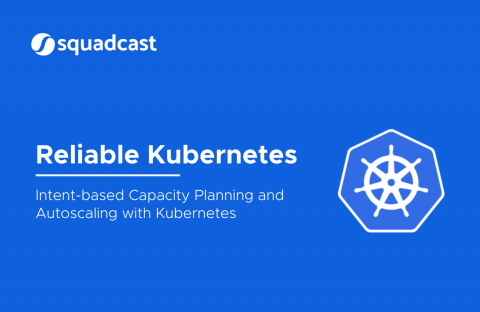Kusto 101 - A Jumpstart Guide to KQL
This blog post is for anyone needing a jumpstart into the world of Kusto. Perhaps you’ve heard about Kusto and are just curious. Maybe you’re just starting to use Azure Monitor for your application monitoring. You might even be getting skilled up in anticipation of the new Squared Up for Azure release that will have KQL at its heart. Whatever your reason, set aside the next 10 minutes and we'll get you up to speed with KQL. Ready? KQL stands for Kusto Query Language.











